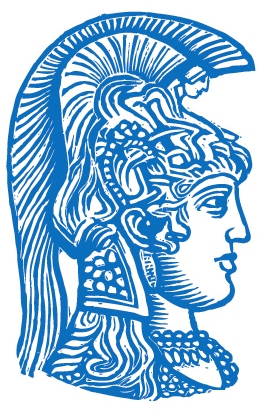 National and Kapodistrian University of Athens
Department of Biology
Biophysics & Bioinformatics Laboratory
National and Kapodistrian University of Athens
Department of Biology
Biophysics & Bioinformatics Laboratory
Protein Information |
|
|---|---|
| Protein Name | Stimulator of interferon genes protein |
| Accession Code | E7F4N7 |
| Gene | sting1 |
| Organism | Danio rerio | Zebrafish (Taxonomy: 7955) |
| Part of Reference Proteome? | Yes |
| Sequence (Length: 398) |
Structure Viewer (PDB: 6MYD) |
|---|
Description |
Position in the Nuclear Envelope |
|
|---|---|---|
| Location | Location ID | Description |
| Perinuclear Region | SL-0198 | The perinuclear region is the cytoplasmic region just around the nucleus. | Membrane Topology |
| Topology | Source | Annotation Type |
| Transmembrane | UniProt | Sequence Analysis {ECO:0000255} | Assigned Ontology terms |
Description |
|
|---|---|
| Facilitator of innate immune signaling that acts as a sensor of cytosolic DNA from bacteria and viruses and promotes the production of type I interferon (IFN-alpha and IFN-beta) (PubMed:23091644). Innate immune response is triggered in response to non-CpG double-stranded DNA from viruses and bacteria delivered to the cytoplasm (PubMed:23091644). Acts by binding cyclic dinucleotides: recognizes and binds cyclic di- GMP (c-di-GMP), a second messenger produced by bacteria, and cyclic GMP-AMP (cGAMP), a messenger produced by CGAS in response to DNA virus in the cytosol (By similarity). Upon binding of c-di-GMP or cGAMP, STING1 oligomerizes and is able to activate both NF-kappa-B and irf3 transcription pathways to induce expression of type I interferon and exert a potent anti-viral state (PubMed:30842662). In addition to promote the production of type I interferons, plays a direct role in autophagy (PubMed:30842662). Following cGAMP-binding, STING1 buds from the endoplasmic reticulum into COPII vesicles, which then form the endoplasmic reticulum-Golgi intermediate compartment (ERGIC). The ERGIC serves as the membrane source for LC3 lipidation, leading to formation of autophagosomes that target cytosolic DNA or DNA viruses for degradation by the lysosome. The autophagy- and interferon-inducing activities can be uncoupled and autophagy induction is independent of TBK1 phosphorylation. Exhibits 2',3' phosphodiester linkage-specific ligand recognition: can bind both 2'-3' linked cGAMP and 3'-3' linked cGAMP but is preferentially activated by 2'-3' linked cGAMP (By similarity). {By SimilarityUniProtKB:Q86WV6, Experimental EvidencePubMed:23091644, Experimental EvidencePubMed:30842662}. | Assigned Ontology terms |